Microchip PIC10F222 Bruksanvisning
Microchip
ej kategoriserat
PIC10F222
Läs gratis den bruksanvisning för Microchip PIC10F222 (4 sidor) i kategorin ej kategoriserat. Guiden har ansetts hjälpsam av 66 personer och har ett genomsnittsbetyg på 5.0 stjärnor baserat på 33.5 recensioner. Har du en fråga om Microchip PIC10F222 eller vill du ställa frågor till andra användare av produkten? Ställ en fråga
Sida 1/4

2004 Microchip Technology Inc. DS51491A-page 1
PROGRAMMING PIC10F2XX DEVICES WITH
THE BASELINE FLASH MICROCONTROLLER
PROGRAMMER (BFMP)
INTRODUCTION
The Baseline Flash Microcontroller Programmer (BFMP) together with the PICkit
™
1 Baseline Flash Programmer PC
application is designed to program baseline PIC10F2XX Flash devices.
PICkit
™
1 FIRMWARE REVISION 2.0.0.
When the PICkit 1 PC application is executed with the BFMP connected to a USB port, the firmware version is displayed
in the bottom left corner of the interface window, as shown in Figure 1. If “Firmware Version 2.0.0.” or greater is
displayed, the programmer is ready for use. If lower version number is displayed, disconnect any PICkit 1 Flash demo
boards connected to USB. If the interface window states that the programmer can not be found, check all connections
between the PC, any USB hubs and the BFMP.
FIGURE 1: FIRMWARE VERSION
PIC10F2XX PROGRAMMING
The 6 and 8-pin PIC10F2XX devices require an adapter socket to connect the device to the 6-pin connector at the end
of the BFMP. The user can elect to purchase an adapter board from Microchip (see Universal Programming Adapter
below) or build one using the information in this document.
The procedure for programming a PIC10F2XX device is as follows:
1. Load the PICkit
1 Baseline Flash Programming PC application onto a PC with a Windows
®
98 SE or later
Operating System.
2. Connect the BFMP to the PC using a regular USB cable.
3. Connect the BFMP to the target device through the 6-pin connector on the BFMP, using an appropriate program-
ming adapter.
4. Start the PC application.
5. The application should correctly identify the BFMP firmware version. If not, remove any PICkit boards attached
to the PC and check all USB connections, then restart the application.
6. Select the appropriate device from the Device Configuration window (see Figure 1).
7. Load the hex file using the pull-down File menu on the PC application toolbar.
8. Click on the Write device button.
9. The Progress Bar should grow from left to right until programming is complete.
10. Once programming is complete, the Status Bar should turn green.
11. If not, check all connections to the BFMP and the target device.
Note: The PICkit 1 Baseline Flash Programming PC application can be downloaded from the Microchip
Technology Inc. web site at www.microchip.com.
Information Sheet
Produktspecifikationer
| Varumärke: | Microchip |
| Kategori: | ej kategoriserat |
| Modell: | PIC10F222 |
Behöver du hjälp?
Om du behöver hjälp med Microchip PIC10F222 ställ en fråga nedan och andra användare kommer att svara dig
ej kategoriserat Microchip Manualer
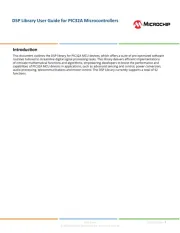
8 Oktober 2025
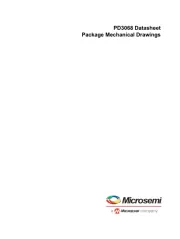
7 Oktober 2025
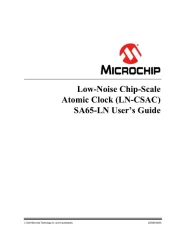
7 Oktober 2025
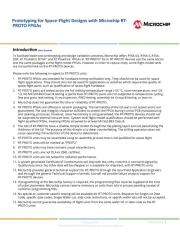
7 Oktober 2025
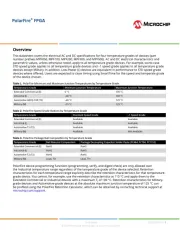
7 Oktober 2025
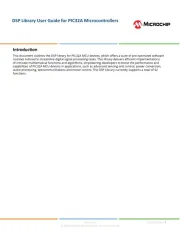
7 Oktober 2025
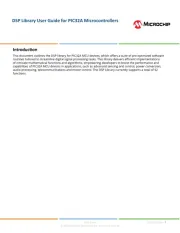
7 Oktober 2025
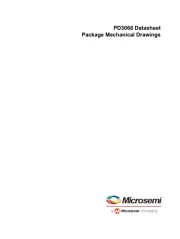
7 Oktober 2025
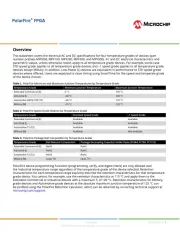
7 Oktober 2025
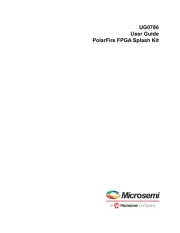
7 Oktober 2025
ej kategoriserat Manualer
- Britax
- HammerSmith
- Saivod
- Reloop
- Salus
- North Light
- Deltana
- Gossen Metrawatt
- V-Tac
- EMOS
- Moulinex
- Hotpoint
- Somfy
- Hanseatic
- Gys
Nyaste ej kategoriserat Manualer

23 Oktober 2025
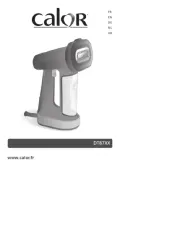
23 Oktober 2025
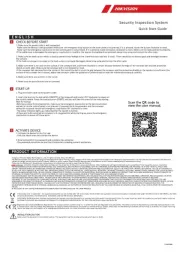
23 Oktober 2025

23 Oktober 2025
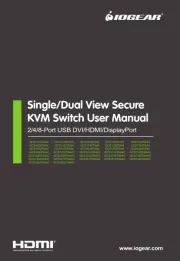
23 Oktober 2025

23 Oktober 2025
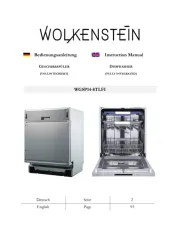
23 Oktober 2025

23 Oktober 2025
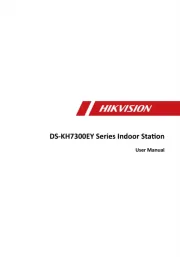
23 Oktober 2025
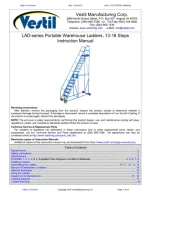
23 Oktober 2025